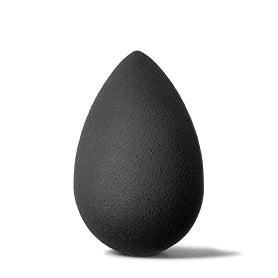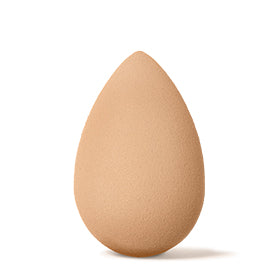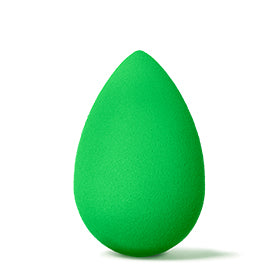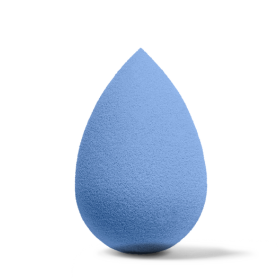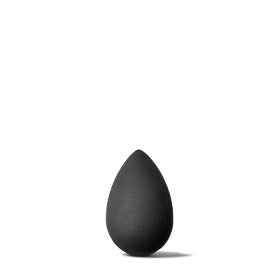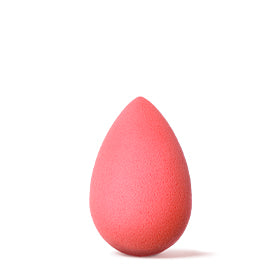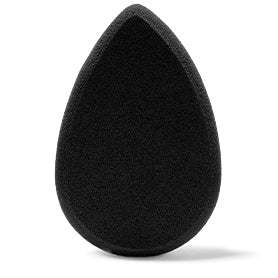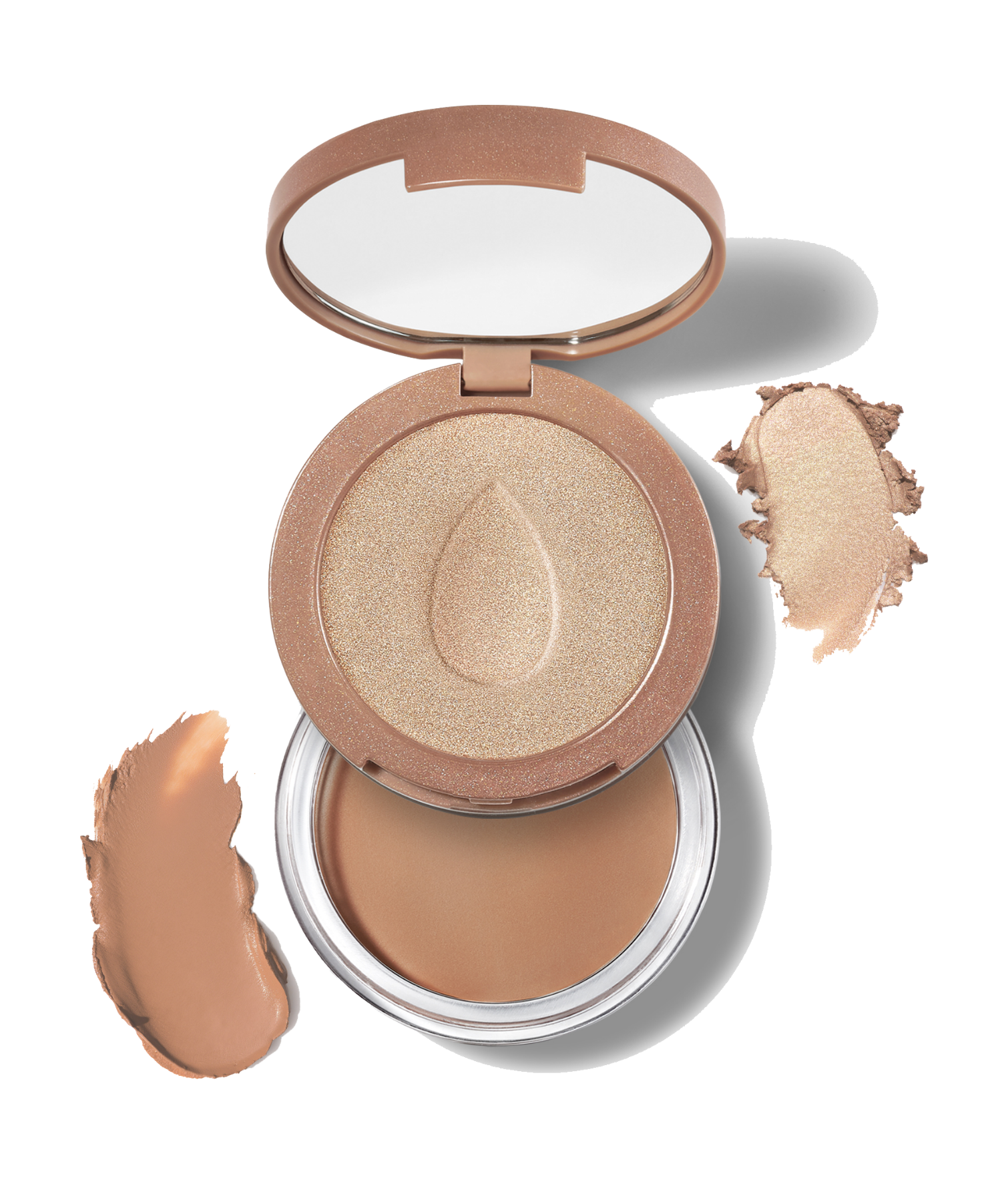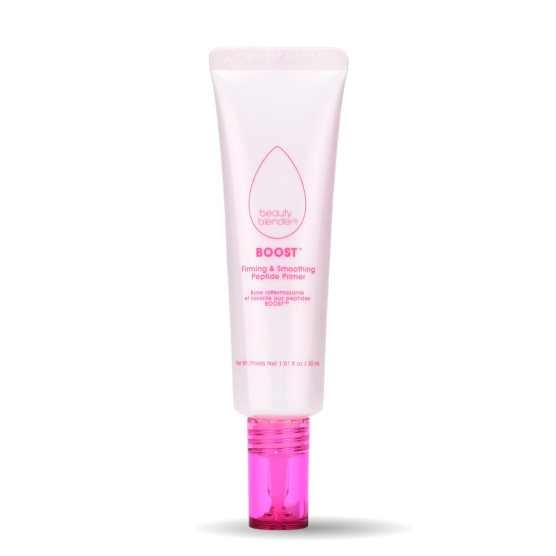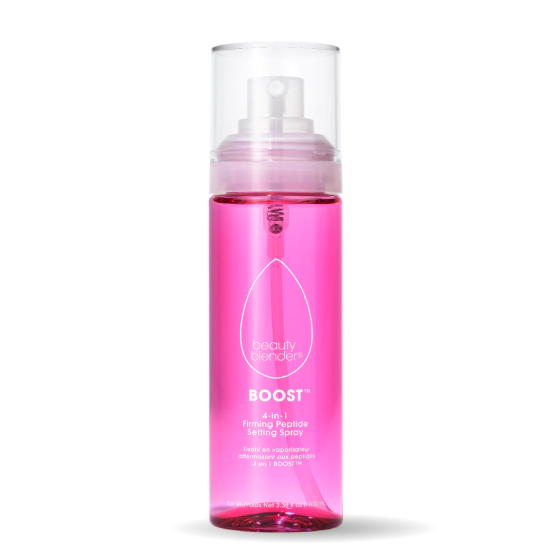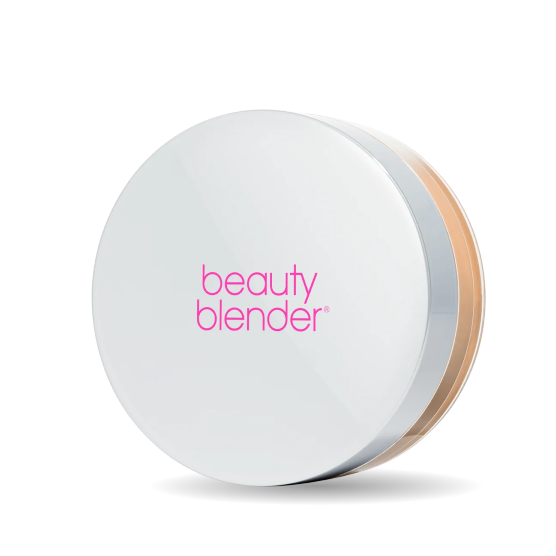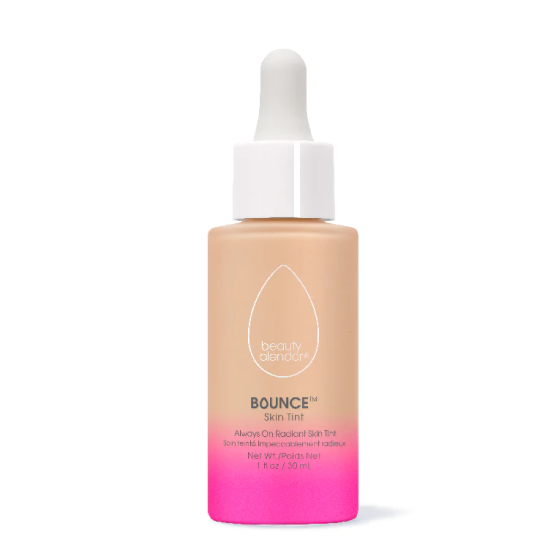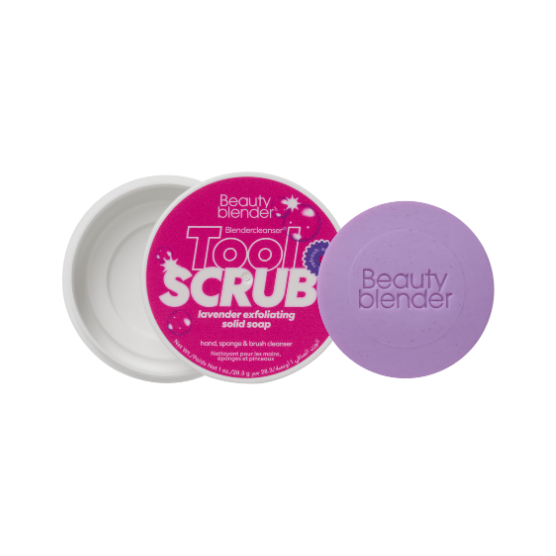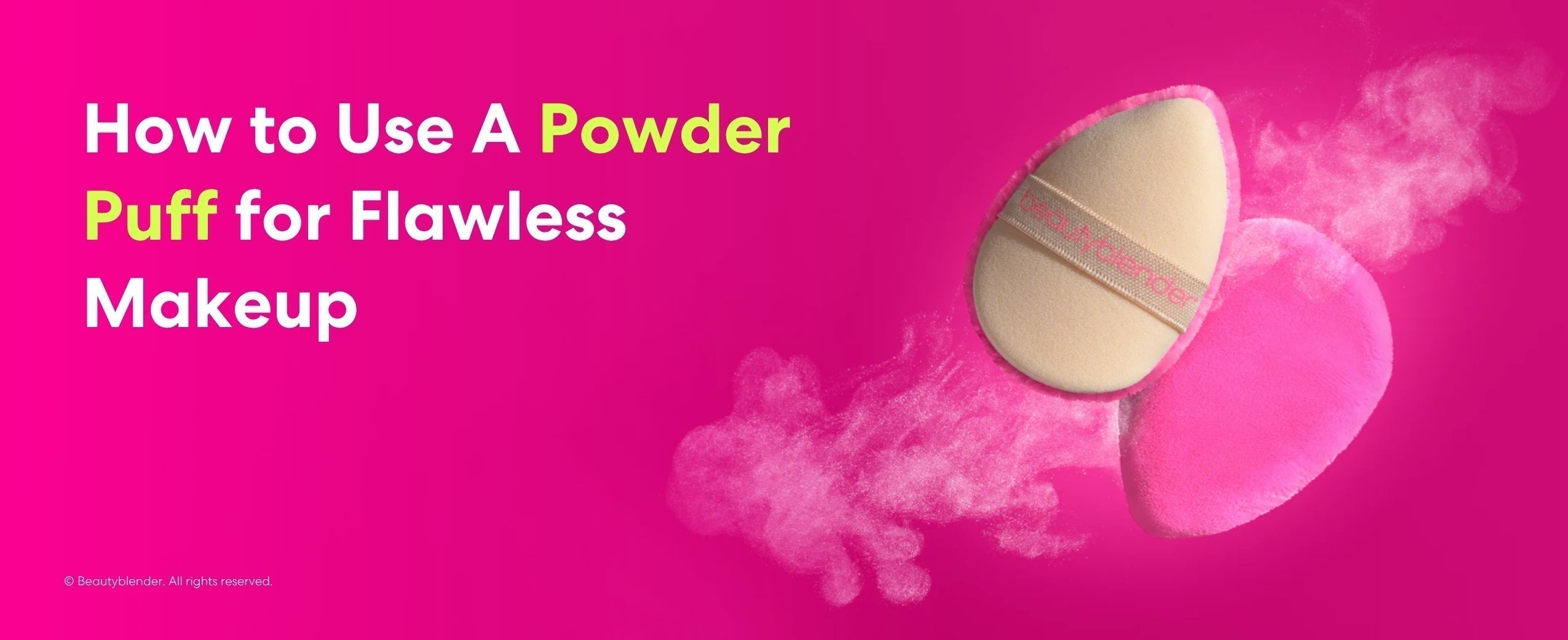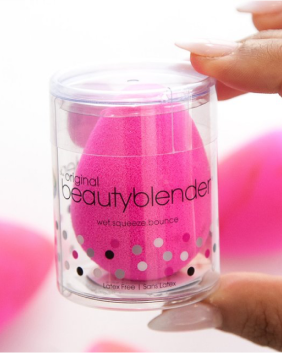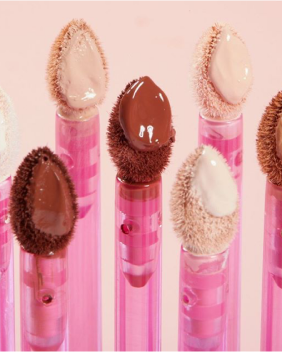Pro-file: Rachel Goodwin
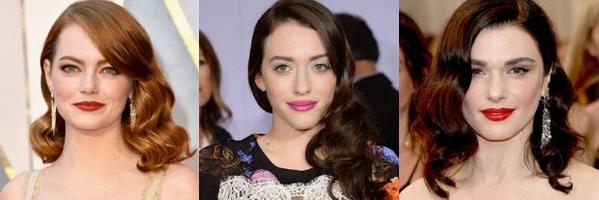
From starting backstage with the San Francisco Opera to getting stars like Emma Stone, Winnie Harlow, and Cindy Crawford ready for the red carpet or magazine covers, Rachel Goodwin has traveled around the world doing what she loves most. Here, she dishes on her journey to becoming a celebrity makeup artist and the essentials she can’t live without.

How did you become an artist?
As a young girl, I was always obsessed with makeup and fashion- my mom was a teen mom who was very young and beautiful and loved to dress up. As a young girl, I’d see these outfits and be entranced. I was drawing my mom and her friends when I was 5 and I’d do their portraits. Then I’d draw my friends- it was always the face I focused on.
I was adopted when I was 10 and I grew up with a family in the Bay Area. My aunt was a makeup artist in Hollywood. I was obsessed with Greta Garbo, queens of the golden age and Hollywood. LA was the absolute land of glamour and glitz. I went to her wedding when I was 15, at the Sunset tower, it was called the Argyle. I remember very clearly, her friends from the makeup industry and I knew I wanted to be like them. I graduated from high school and called her. She told me about a teacher who is the head of the San Francisco Opera department. She told me to call her and take her classes. I did whatever she told me to do.
I have realized that I have always gone for the dramatic- I appreciate natural makeup and I know there's a nuance there, an art behind that…but I veer towards makeup as an expression. It has always informed my work. After learning stage makeup, Chinese opera, theatrical- it really taught me about the visual language of makeup. That was hugely profound and that’s how I still use makeup to this day.
I was so excited to get into the business. San Fran is not a fashion capital or beauty industry. My friend saw a notice on a bulletin board at San Fran State and they were looking for a makeup artist for a film and they said they’ll pay for the artist kit. I ended up getting the job and I had $600 and I bought a whole kit - this was everything to me!
From there, I knew I wanted to do this, I had to find a way to pay my rent with makeup. It was the early 90s and MAC was the peak. I went to the counter and worked there, then Makeup Forever, and Shiseido. I really was able to build my kit more and worked for these retail brands. I knew I ultimately wanted a freelance career even though I wasn’t sure what it meant.

I was drawn to fashion and avant-garde- Pat McGrath, Alexander McQueen. I started doing fashion shows in the underground clubs in San Fran. I would do these radical shows and create these dramatic looks- there was so much glitter! I really got my creative essence then. I saw makeup as a way of expressing what is going on internally- It was fantasy-based. I always looked at makeup as a fantasy. Makeup has always been very healing and meditative- it puts me in a flow state.
I moved to NY with MAC- they were opening a professional space for makeup artists only, it was called MAC Pro and it was in a loft. It was really an incubator type of space for makeup artists. We would create things specifically for them, and get into the labs and make things for an artist.
I started getting one on time with my heroes and Linda Cantello became someone I assisted regularly. Pat (McGrath) would come in and Kevin (Aucoin) would come in, James Kaliardos is someone else I assisted regularly, along with Tom Pecheaux. These legends helped me become an artist. I was so thirsty for knowledge, I knew every team, every artist, every editorial- it was makeup school, really.
I asked Linda how long it would take to make a career out of it and she said no one may know your name for 10 years and I was like I can’t do this for 10 years! But ultimately, I decided to take the chance. I left NY and I came to LA. I decided to just try it and started working on music videos - Rea Ann (founder of Beautyblender) and I worked on “Blow ya Mind” video! She did Eve and I did Gwen Stefani. Music videos and MTV were so popular and I really started doing videos.
I got to utilize my gifts in music videos- I loved color and glitter. I got to use that in this environment. Then I worked with Brittany Murphy in 2001 and did my first cover. She was a young star and it was also her first cover shoot and then from there, I got an agent and really started working with celebrities.

I’ve been doing this for 25 years but it’s no joke- the people who have managed to make a long-standing career, it's not a mistake- its hard work and dedication, tenacity. It’s not for everyone, you have to love it, really.
When did you start using a Beautyblender?
The Beautyblender has been something I’ve loved since the day Rea Ann invented it, honestly- I have been a fan always. I started using it way back when it first came out. It was a game-changer for so many reasons- there have been techniques in beauty history to get that lived-in makeup but she did with that foam, it’s really revolutionary. It really looks like skin, I like makeup to look like part of the person, especially complexion. After I found the Beautyblender, I was never without it.
What staples do you have in your kit besides a Beautyblender?
Secondly, I love Koh Gen Do foundations- they’ve been a staple in my kit. I love the Japanese approach to foundation, I want people to look at skin, not makeup. I spend a lot of time creating beautiful skin before I get to color. I have always been that way. If the skin isn’t working, the look will never work.
I like to approach things like a painter, cream colors are something I always gravitate to- I use my fingers a lot and it moves things into the skin in a unique way. I have a flash color palette from Makeup For Ever - its been in my kit forever. They’re like cream pigments in every color from black and blue to pinks, red. I can mix the colors and make my own lip color, I can do contour with brown hues. That’s something I am never without.
How do you get your clients' skin and base so perfect?
I think women are hung up on the fact that they think they need to apply a lot of product- there is a misnomer about that. We have been shown a lot of videos about how to apply makeup. My friend the other day was like “the only thing I need to bake is Christmas”- all these layers of baking and foundation, they’re not really real-life techniques. It’s selling makeup. Question whether you really need it.

As a makeup artist, it’s not my job to sell you foundation. It's my job to tell you how to use and how it's applied in the world of beauty. I can educate you and inspire you but I am not trying to make you buy something. Skin is the cornerstone of makeup. When I see women and help with their complexion, I want it to best hydrated and not irritated. Avoid products with lots of actives or fragrance- very calming products.
I use floral water to hydrate and relax the skin and I prime and prepare the skin. It’s a Japanese approach- skin absorbs moisture and it prevents that cakey look. Exfoliating is also major. I have very sensitive skin. Some people use a physical scrub or washcloth with warm water which can be great. Some people like acids and there are diff ones that I like- I like to make sure the skin is prepped and exfoliated at least 1-2x a week.
Then if you can, prep your skin with a face mist, I like high quality rose water, you can get that at Whole Foods. Then apply moisturizer, it's so specific to the skin type but I’m all for non-fragranced and look for something that is really hydrating. I love the Drunk Elephant hydrating balm- it's great under makeup. The creamier greasier moisturizers sits on top of the skin and makeup can slide off. I like a water-based hydrating serum let it sink 5-10mins and then I apply the foundation.
Foundation is very personal matter- some people like light coverage, some people like full coverage. Get a full coverage foundation and spot treat, you have versatility this way- you apply less where you don’t need it and more where you need it. I apply a full coverage foundation and just push it where I need it – I then take my hands and rub it off a little to give it that real skin look. Then I take my damp Beautyblender, misted with rosewater and dab it on top of the foundation to really blend it out. If I see anything else, I apply concealer sparingly on top of just the discolored area. It’s the most finite thin layer but you still see the skin and freckles showing through- you see the woman shining through.
I never apply foundation heavily onto the face. I apply from the center and work outwards and really blend it. It’s such misinformation, I love youtube but I also get upset sometimes because most women don’t need makeup applied like that. Makeup tutorials are like that – it's fun to watch but it's not necessary for real life. It’s for a very specific lighting and environment, a controlled environment. The truth is they are cool techniques and they trick the eyes but most people, we aren’t really creating a massive illusion in our everyday life. YouTube is a form of entertainment and sales, we just need to recognize that.
What’s your advice for someone who wants to be a pro artist?
There are lots of artists, there will always be more. The only thing that sets you apart as an artist is your POV. Hone your eye and sensibility and your vision of beauty and hold it to the highest standard. Don’t let it get influenced, find your vision and hone and protect it. it’s what sets you apart. It’s not going to be right for everyone, you can’t be everything to everyone but stay on that course. The right clients will want that look and they fill wind you and they will seek you out for it. You have to create that space for yourself.

